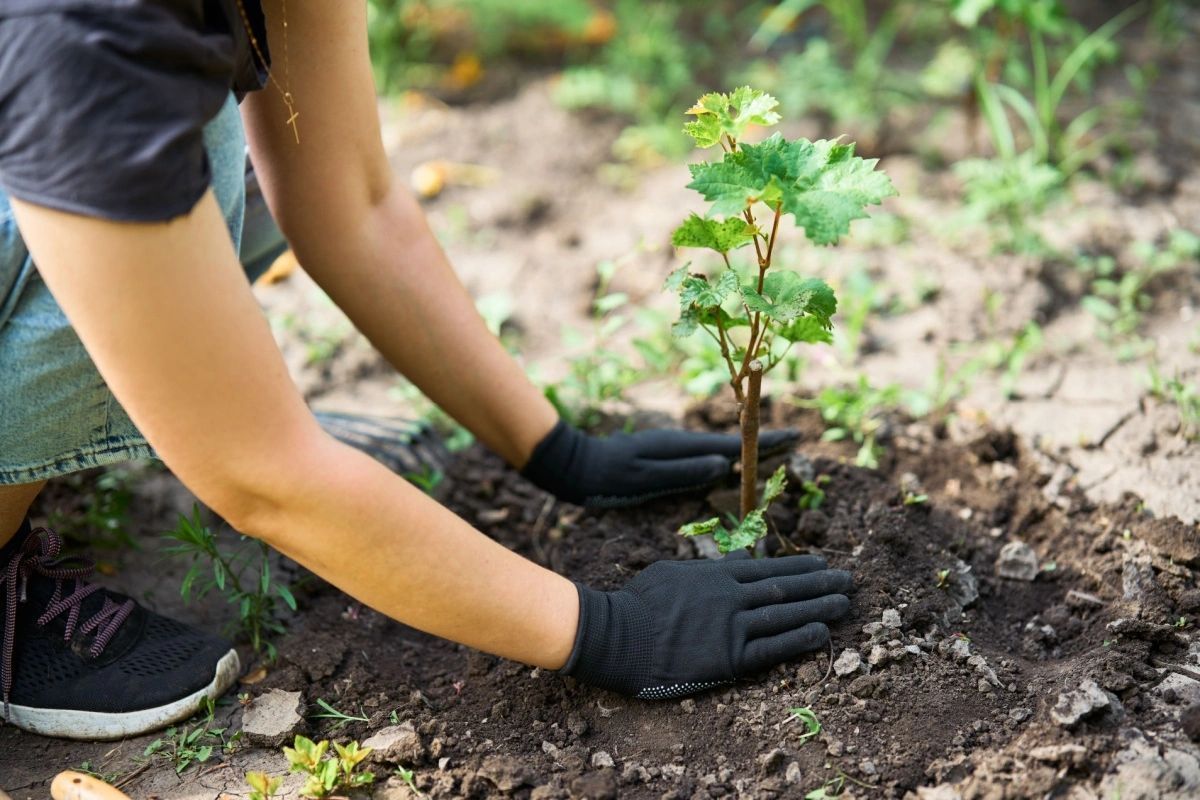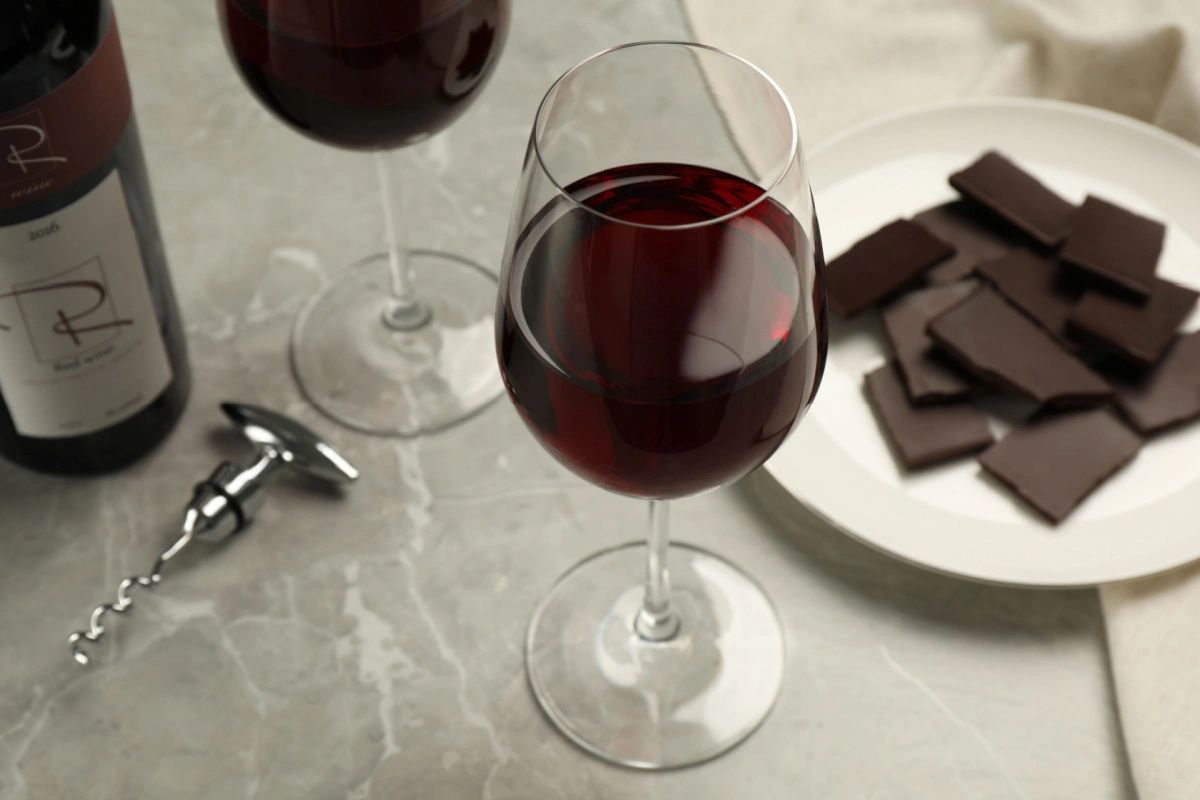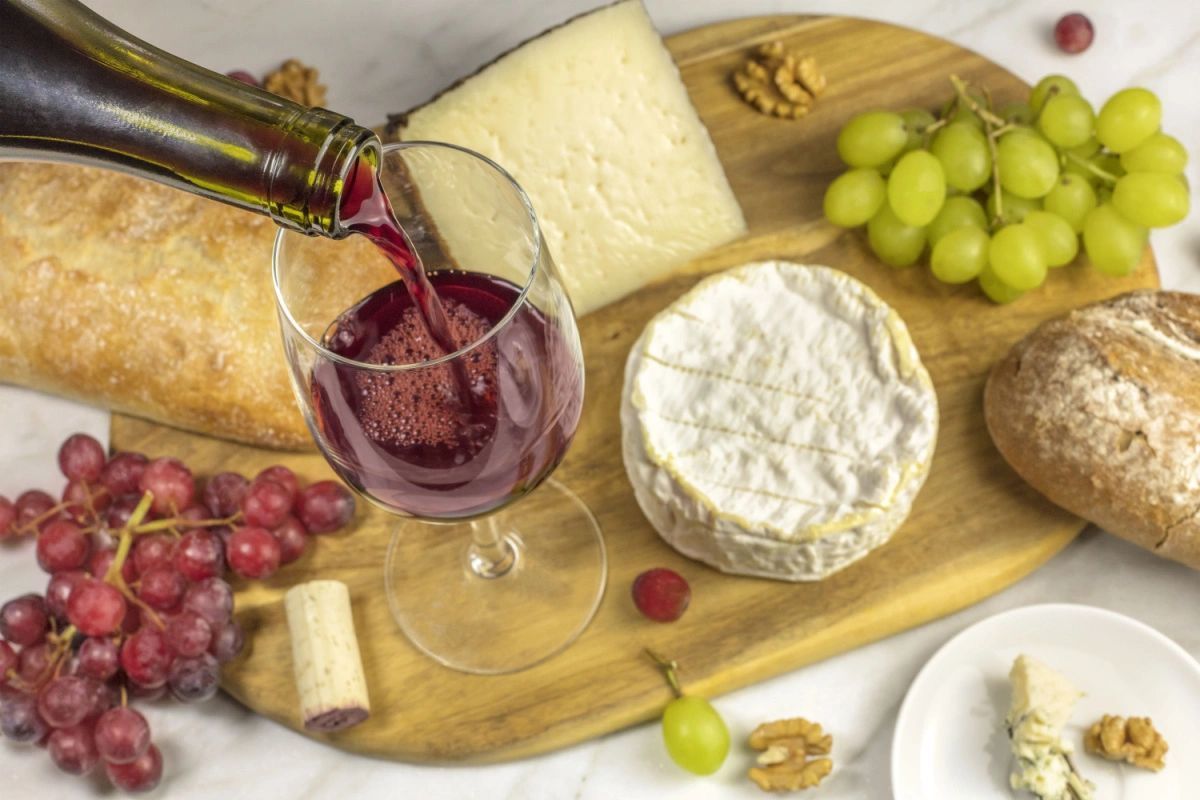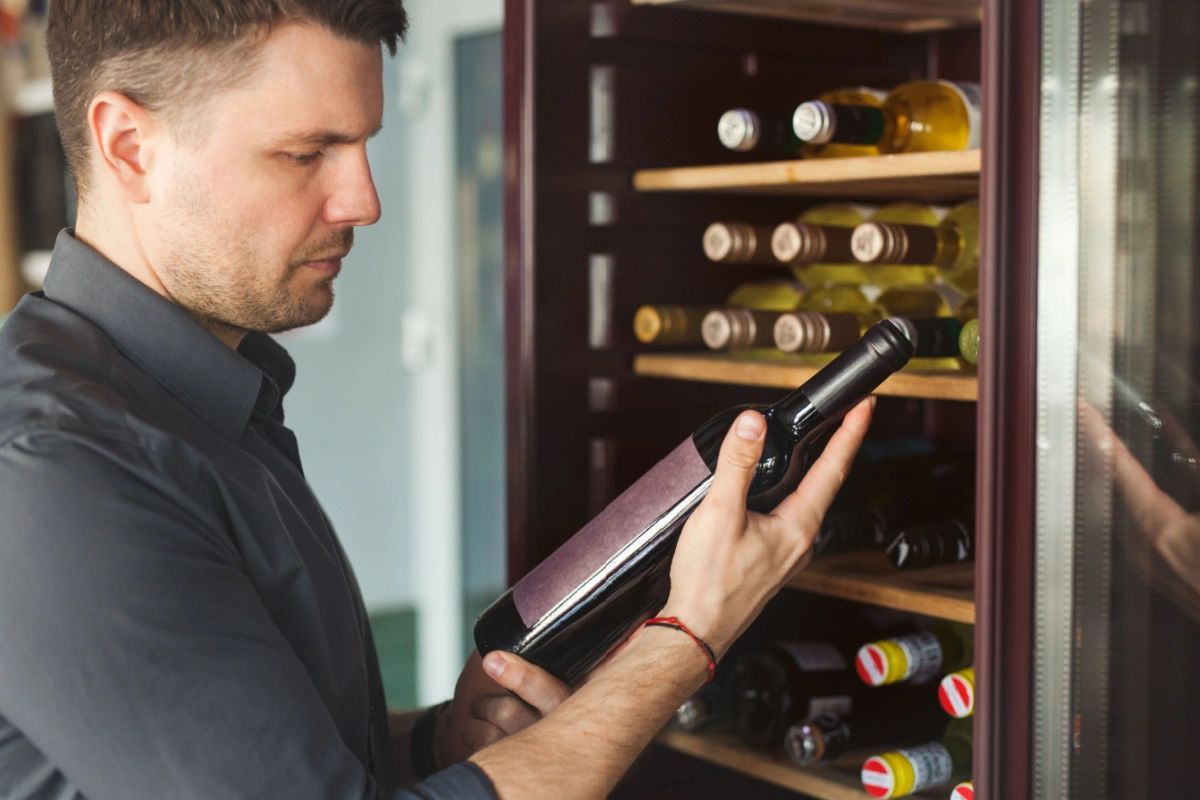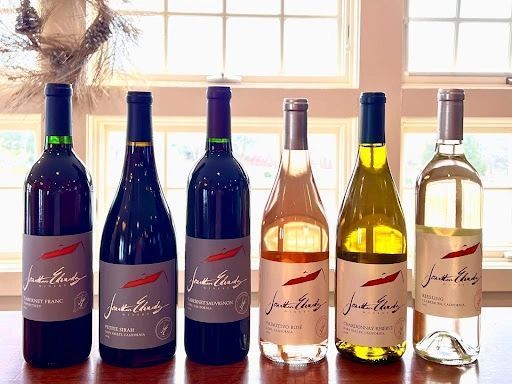
Whether you’ve been to dozens of wine tastings in CT or you’re a total wine novice, chances are that you’ve heard through wine education channels that you should swirl your glass of wine before you take a sip. But not everyone knows why so many wine enthusiasts recommend this technique. So does swirling wine help its taste or texture, or enhance your enjoyment as you try something new? Read on to get the real truth about swirling wine when wine tasting— and why it can take your wine education experience from ordinary to extraordinary!
Swirling Enhances the Wine’s Aroma
If you’ve ever suffered through the misery of even the spiciest dishes tasting bland when you have a cold, you’ve witnessed the power of your olfactory system firsthand. Most of what our brains think is “taste” is actually smell, so the aroma of wine matters — a lot. When you swirl a glass of wine (especially a wider glass, where there’s more room for air), you’re exposing the wine to oxygen molecules. This sets the wine’s true flavor notes apart from the sometimes overpowering scent of alcohol. In addition, you’re opening up the flavor to include other hidden elements that might be present, such as woody notes from oak barrels where the wine is aged.
Swirling Dissolves Chemicals
Swirling wine also helps your wine smell and taste more appealing because it can reduce or eliminate scents that you might not enjoy. The wine fermentation process naturally produces chemical compounds such as sulfites and sulfides. These compounds don’t always have the most pleasant odor. In fact, some people report that their wine ends up smelling slightly like rotten eggs or burnt matches. Exposing these compounds to oxygen helps to dissipate them, taking away the not-so-pleasant scents.
Swirling Shows Texture and Viscosity
Another reason why swirling wine makes it taste better is that you’ll get a sneak peek of how the wine tastes when it comes to texture and viscosity. As you swirl a glass of wine, you get a closer look at the wine’s “legs,” aka how it clings to the side of the glass. Wines that are sugary or alcohol-heavy tend to move more slowly around the glass, leaving visible legs. With an idea of how the wine might taste, you’re more likely to not be surprised by a taste you don’t like — or get excited for a taste that you will love!
Swirling Helps You Savor the Wine
If you have any knowledge of mindfulness training or other exercises designed to help you “be present,” you might already know that many practitioners recommend slow, purposeful eating and drinking to help you truly savor your meal. We may be wine tasting experts, not meditation gurus, but we can agree that swirling your wine adds more time and thoughtfulness to the wine-tasting process, which can make it so much more enjoyable.
Book a Wine-Tasting Tour Today!
Ready to enjoy aromas, flavors, and textures that you’ve only ever dreamed of? Book a wine tasting at Jonathan Edwards Winery! Looking for the perfect wedding or event venue? Whether or not you’ll be partaking in our handcrafted wines, our vineyard weddings in CT are romantic and unforgettable! Get in touch with our team to schedule a wine tasting or to talk about booking our venue for your special day. We hope to hear from you soon and wish you happy tasting!
Meta Description:
You’ve probably heard that swirling your wine makes it taste better. But why? Explore why a quick swirl can make even an ordinary glass of wine stand out!
Categories
Sign up for blog updates!
Join my email list to receive updates and information.
Contact Us
We will get back to you as soon as possible.
Please try again later.


